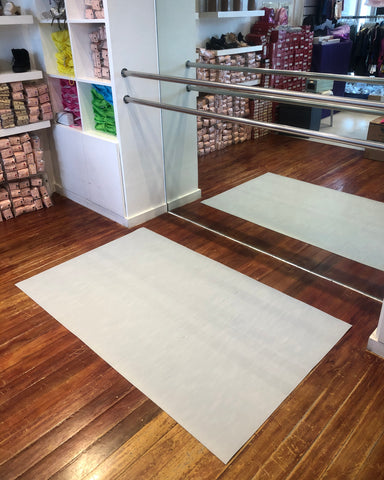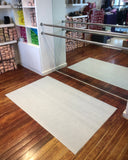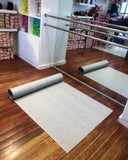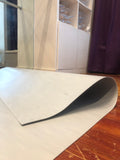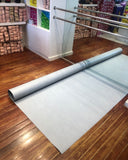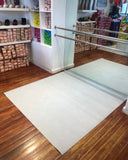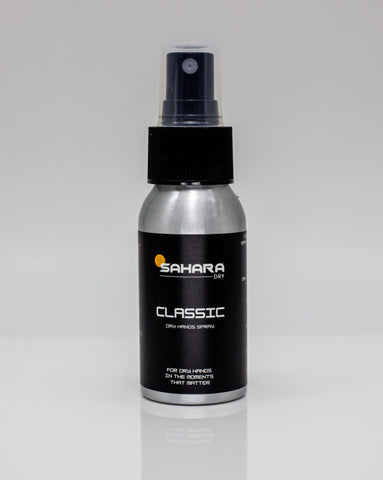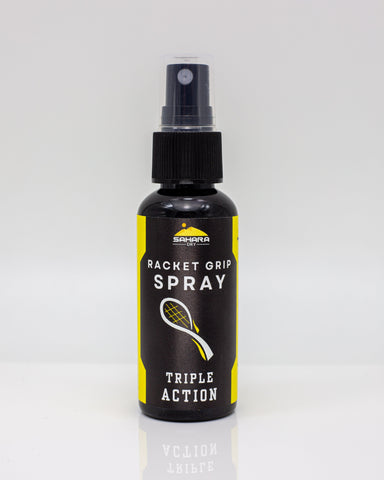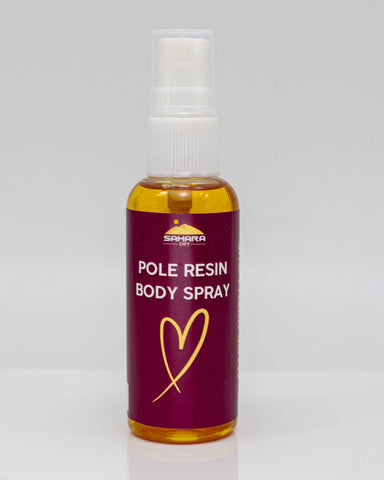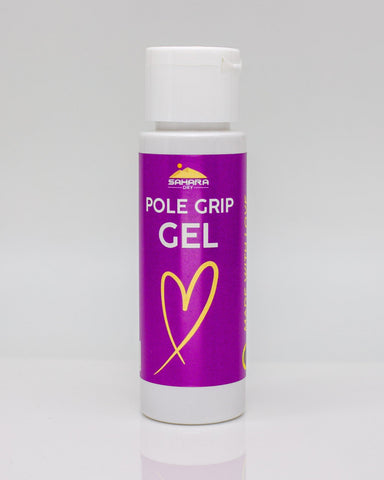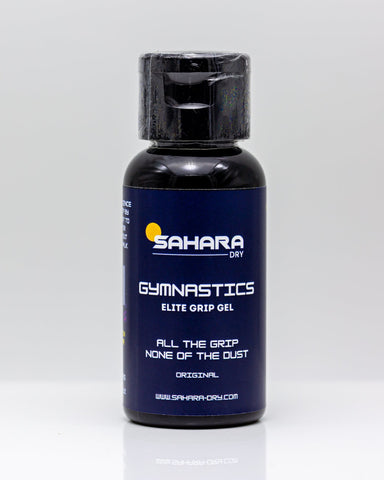Arabesque Studio Marley Dance Flooring
An all-purpose dance floor suitable for ballet, jazz, tap, hiphop, lyrical and other dance styles. Smooth surface has just enough balance of slip and grip for turns and chassés. Easy to install, temporarily or permanently, directly onto the floor or on top of a sub-floor, at home or in the studio. For safety, always secure with tape before use.
Color: Gray
Material: High-quality homogenous resilient vinyl sheet
Thickness: 2mm
Width: 5 ft.
Length: Custom cut. Minimum of 1 yard (3ft). Additional increments in feet. For length not listed, contact us for a quote.
Installation (not included): Duct tape (temporary), double-sided tape (semi-permanent), floor adhesive (permanent). While thick enough to provide a softer dance surface than cement or tile, it is recommended to be installed on a sprung subfloor to prevent injury.
Cleaning and Maintenance: Sweep or vacuum and light damp mopping with mild cleaner. Keep away from direct sunlight to keep material flexible and prevent discoloration. Best to keep the floor flat, if it is to be rolled away, there must be a 5-inch diameter at the core. Rolling too tightly or folding can cause cracking. Unlike rubber, vinyl has limitations in terms of flexibility and may be prone to cracking when pressure is exerted. Store away from direct sunlight. Exposure to heat and sunlight may cause material to be brittle and crack.
WHAT IS A MARLEY DANCE FLOOR?
Marley is a general term used for vinyl dance flooring used in theaters, studios, and schools worldwide.
While Marley was the original brand name of the vinyl flooring manufactured in England by Marley Floors Ltd., the original products has since disappeared from the market since the late 70's. However, the name stuck and to this day, Marley has become a generic term for vinyl dance flooring rolls, just like Kleenex is for tissues.
Although Marley is a generic term, not all marley floors are created equal. Lower quality vinyl sheets (popularly known as linoleum in the Philippines) are not suitable as a dance surface. They are usually thin and slippery and can be dangerous when used for dance.
We Also Recommend

